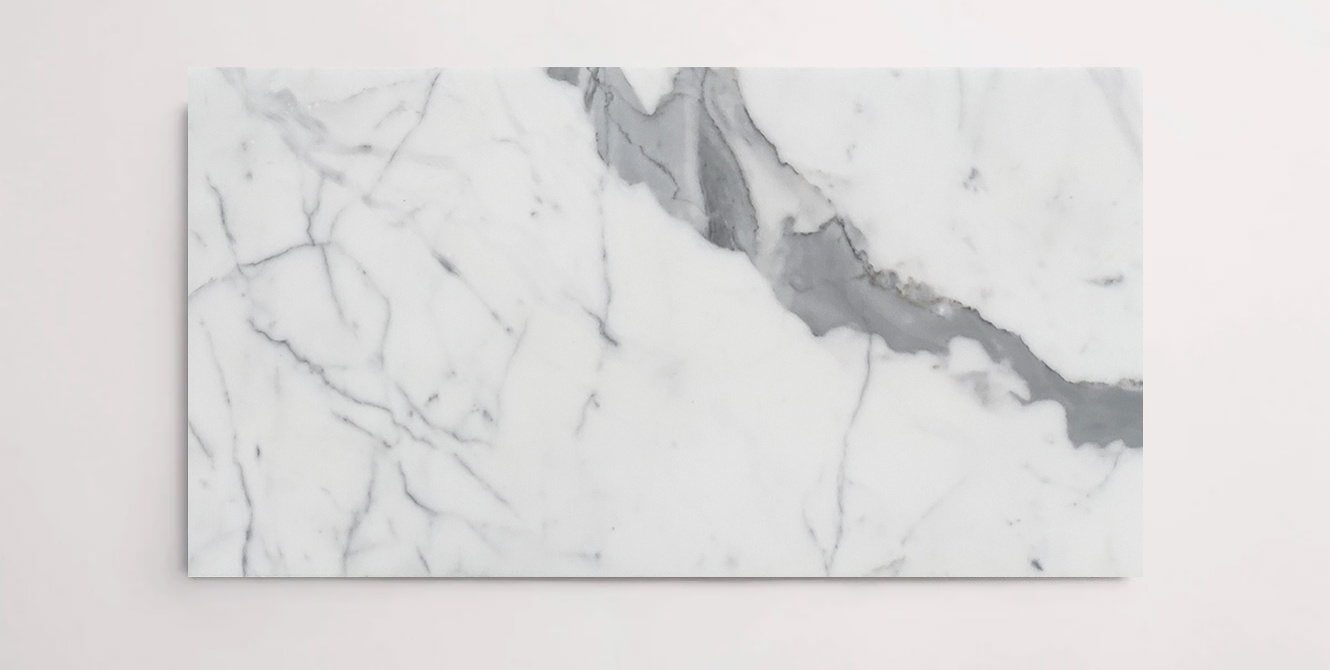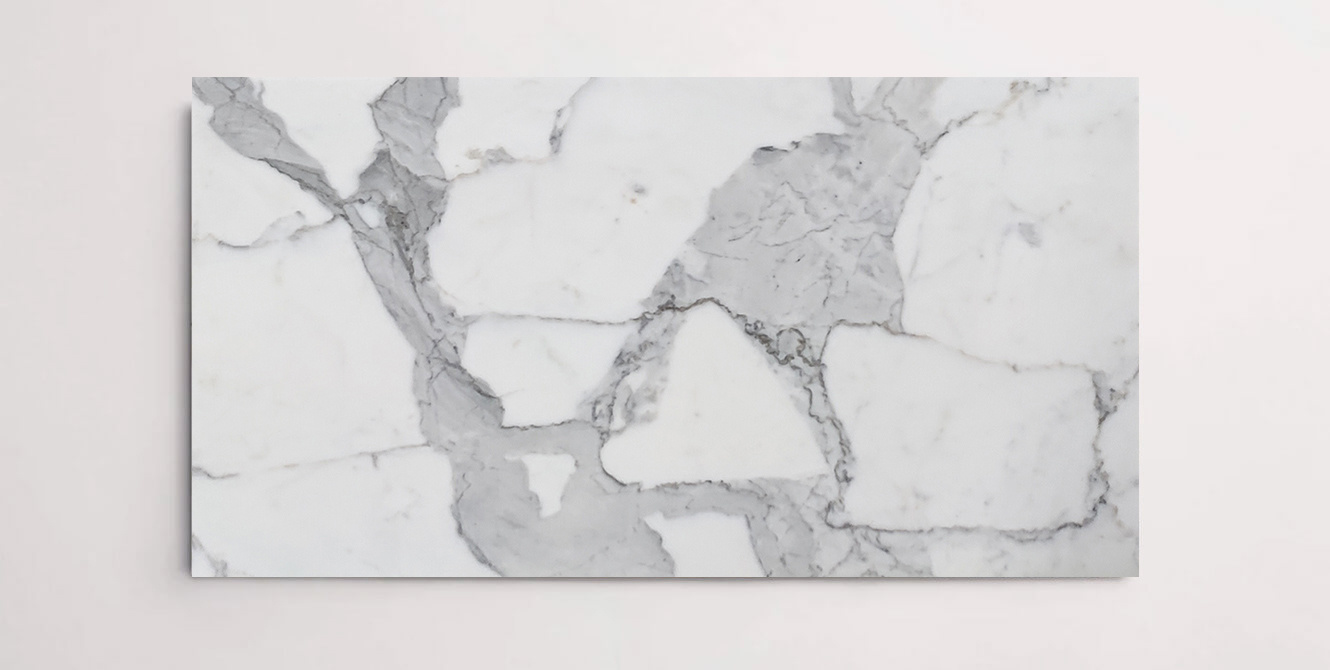2025-10-23
How to Properly Care for and Clean Statuario
In addition to daily cleaning, regular polishing of Statuario marble can help restore its original luster. There are commercially available polishes specifically designed for marble that can be used regularly, but be sure to follow the product instructions
2025-10-10
Calacatta Oro: A Perfect Blend of Luxury and Classicism
Calacatta Oro marble, with its natural elegance and unique veining, has become a classic element in modern luxury spaces. It not only enhances the artistic flair of a space but also offers a unique visual experience, a symbol of timeless elegance
2025-09-26
Is Calacatta Zebrino a Natural Marble That Combines Luxury and Artistry
Calacatta Zebrino is a high-end natural marble known for its distinctive white base and distinctly gray zebra-like veining. Each piece is meticulously cut and polished, showcasing the fluid, three-dimensional texture of its natural veins
2023-11-27
Where will marble be used for home decoration?
In ordinary home decoration, stone is generally used, and there will be a lot of use. So where in the house will stone be used? Today we will talk about this topic! Due to the inability of ordinary consumers to visually distinguish between artificial stone and natural stone, the marble in this article includes common stones with marble appearance effects, such as artificial stone, quartz stone, marble, rock slab, etc.

Tel:86-595-86073767

NO.4, Workshop, Guang Lin Factory, Yuanxia Village, Shijing Town, Nan’An City,Fujian

E-mail:sales@stanantee.com










